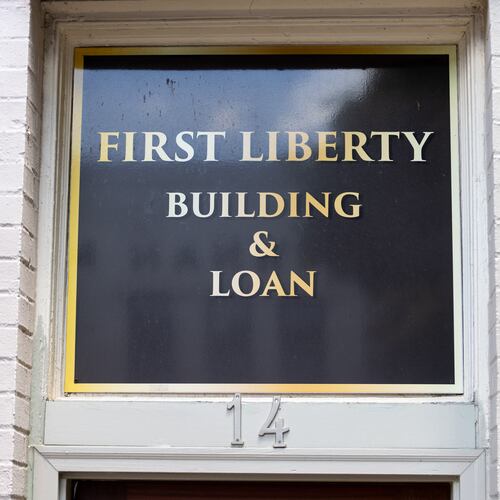Q: How, where and when did trick-or-treating begin at Halloween?
—Lance DeLoach, Thomaston
A: The custom of dressing up for what is now known as Halloween dates to more than 2,000 years ago. Members of ancient cultures would wear disguises and perform rituals to drive away ghosts in exchange for food and drink, according to History.com, the History Channel's website.
Christianity helped transform the holiday into All Soul’s Day, which included a tradition where “poor people would visit the houses of wealthier families and receive pastries called soul cakes in exchange for a promise to pray for the souls of the homeowners’ dead relatives.” Children soon began going from house to house “asking for gifts such as food, money and ale.”
Halloween had become associated with vandalism in the U.S. by the 1920s, when groups of teens would cause in damage to homes and businesses, or pull good-natured pranks. Omaha, Neb., organized the city’s “worst boys” as “special policemen” in 1923 to help stop violence and Boston provided cake and ice cream to youths to “curb vandalism” in 1938, according to the Atlantic in 2012.
Towns began to encourage homeowners to give candy to kids – to help keep them occupied — which led to the growth of trick-or-treating on Halloween in the U.S. “The Senate Judiciary Committee recommended in 1950 that Halloween be re-designated “National Youth Honor Day,” to celebrate and cultivate moral fiber,” the magazine reported. The term “trick or treat” is believed to date to the 1920s.
Andy Johnston wrote this column. Do you have a question about the news? We’ll try to get the answer. Call 404-222-2002 or email q&a@ajc.com (include name, phone and city).
About the Author
Keep Reading
The Latest
Featured

